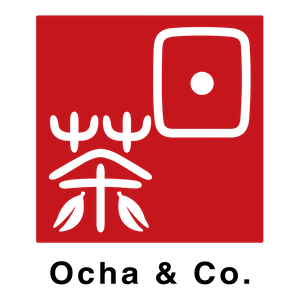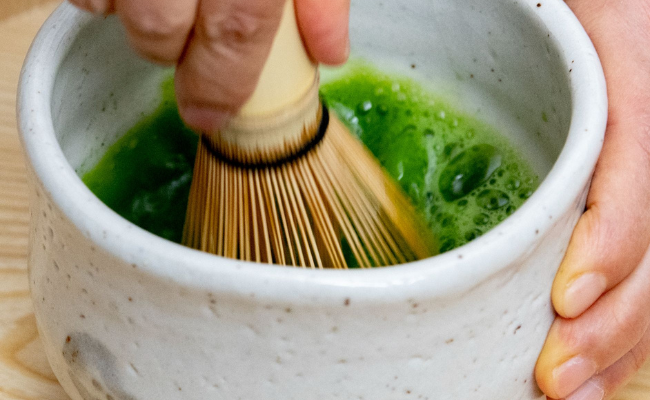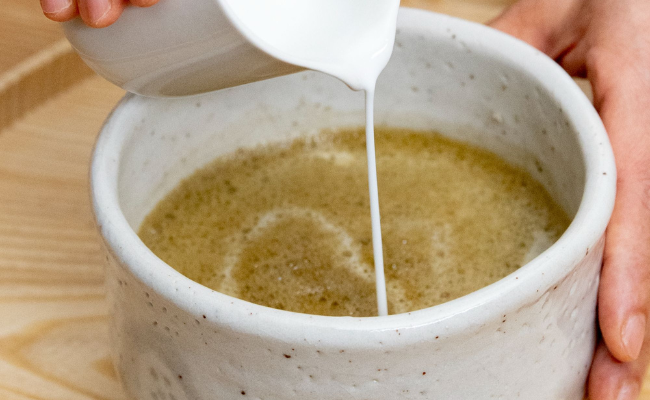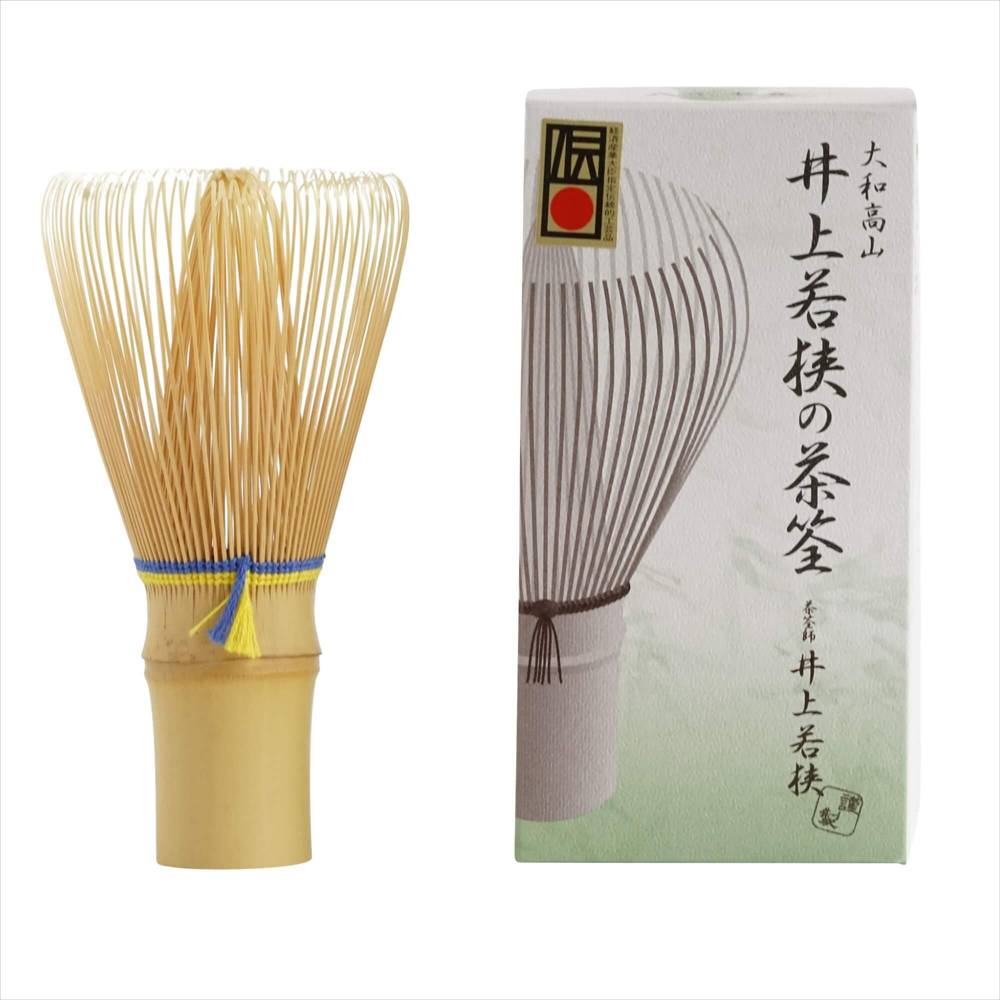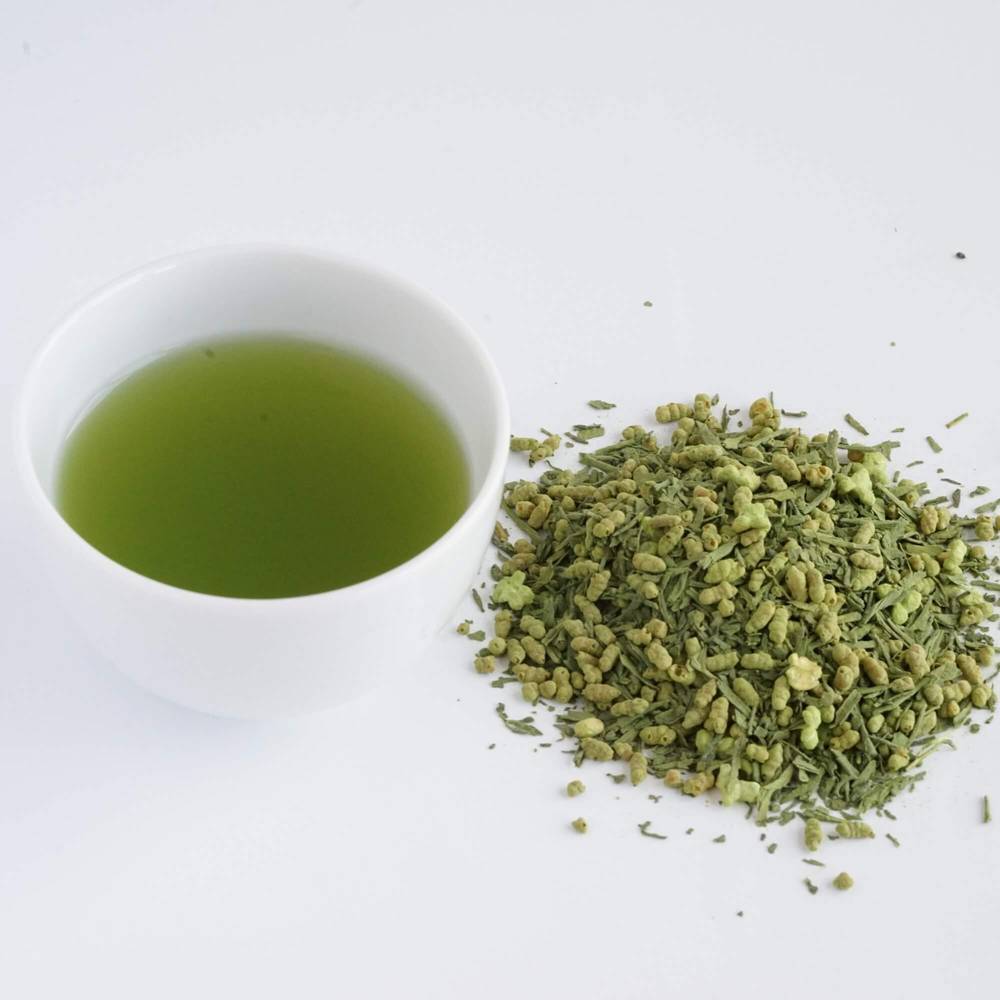Gyokuro Tea: The Prince of Shade-Grown Green Tea
Table of content
- 1. What Makes Gyokuro Tea So Special?
- 2. The Unique Cultivation of Gyokuro Tea
- 3. Health Benefits of Gyokuro Tea
- 4. The Signature Flavor and Aroma of Gyokuro Tea
- 5. How to Brew the Perfect Cup of Gyokuro Tea
- 6. Final Thoughts: Why You Should Try Gyokuro Tea
- 7. Try Shade-Grown Gyokurocha or Kabusecha now
Gyokuro tea, known as "dew of jade or gyokuro cha," is one of the most refined and flavorful Japanese green teas. Unlike other green teas, gyokuro tea undergoes a unique shading process that enhances its umami flavor, natural sweetness, and rich aroma. First developed in the 1850s by the Yamamotoyama Tea Company, it was historically reserved for special occasions due to its labor-intensive cultivation and premium quality.
What Makes Gyokuro Tea So Special?
Even today, gyokuro tea remains one of the highest-priced green teas, but its luxurious taste and smooth finish make it worth every sip. Our organic gyokuro tea is produced in small batches each month to ensure freshness and is crafted by the winner of the 46th Japanese Ministry of Agriculture Tea Competition (2016), Japan’s most prestigious tea contest.
The Unique Cultivation of Gyokuro Tea
Gyokuro tea is harvested in spring, but what sets it apart is the hifuku saibai (shading cultivation) method. About 20 days before harvesting, tea plants are covered to block up to 90% of sunlight. This shading slows photosynthesis, increasing the production of L-theanine, an amino acid responsible for gyokuro’s signature umami flavor and smoothness.
This process also boosts the caffeine content, making green tea gyokuro an excellent alternative to coffee, providing sustained energy without the jitters. Unlike matcha, which is ground into powder, gyokuro leaves are kept whole and steeped in water, delivering a more delicate and layered taste experience.
Shading techniques vary among tea farmers—some use straw matting that looks like long, winding snakes across the tea fields, while others construct woven bamboo canopies. Regardless of the method, the goal is the same: to enhance gyokuro tea’s color, aroma, and depth of flavor.
Health Benefits of Gyokuro Tea
Rich in antioxidants and nutrients, gyokuro tea is more than just a delicious beverage—it offers numerous health benefits:
- High in L-theanine – Promotes relaxation and focus while balancing caffeine’s stimulating effects.
- Boosts metabolism – Helps with weight management by increasing fat oxidation.
- Rich in Vitamin C – Supports the immune system and overall skin health.
- Potential heart health benefits – Research suggests that regular green tea consumption may reduce the risk of cardiovascular diseases.
- Aids digestion – Gentle on the stomach, making it a great post-meal drink.
Studies continue to explore how green tea gyokuro may also contribute to cancer prevention and cognitive function, though more research is needed.
The Signature Flavor and Aroma of Gyokuro Tea
A Hint of the Sea: The Covering Aroma
One of the most intriguing aspects of gyokuro tea is its distinct scent, often described as oceanic or reminiscent of seaweed. This "covering aroma," known as hifuku kaori or ooi kaori in Japan, is a unique trait of shade-grown teas.
This characteristic fragrance is due to the presence of dimethyl sulfide (DMS), a natural compound that, in excess, can be overpowering but in gyokuro tea lends a refined, pleasant aroma. It’s an unmistakable marker of high-quality, authentic green tea gyokuro.
How to Brew the Perfect Cup of Gyokuro Tea
To fully appreciate the complexity of gyokuro tea, it must be brewed correctly. Follow these steps for an exceptional tea experience:
Ingredients & Tools:
- 6g (about 2 tablespoons) of gyokuro tea leaves
- 120ml (4 oz) fresh water
- A teapot (kyusu) or a small ceramic teapot
Brewing Instructions:
- Cool the water – Bring fresh water to a boil, then allow it to cool to 40-60°C (104-140°F). Boiling water will burn the leaves and destroy the delicate flavors.
- Measure the leaves – Use more tea leaves than usual compared to other green teas.
- Steep gently – Pour the cooled water over the leaves, just enough to submerge them completely.
- Wait patiently – Brew for 2-3 minutes to extract the full range of flavors.
- Multiple infusions – Gyokuro tea can be steeped up to three times. For the second and third brews, slightly increase the water temperature and steeping time.
Final Thoughts: Why You Should Try Gyokuro Tea
Gyokuro tea is a must-try for tea enthusiasts and newcomers alike. Its rich umami flavor, vibrant green color, and oceanic aroma make it a standout among Japanese teas. Though it requires patience to brew, the experience and health benefits are unparalleled. If you’re looking for a luxurious tea with a deep history and refined taste, green tea gyokuro is an excellent choice.
Enjoy the true essence of gyokuro tea and experience why it’s considered the "prince of Japanese green teas."
